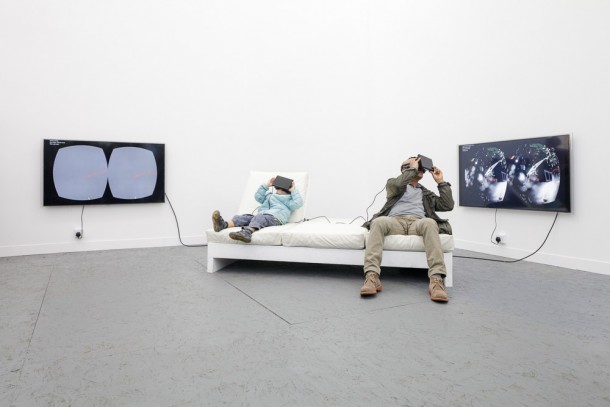Net.art originated in Europe and specifically, the United Kingdom in 1994. It is a kind of art identified by Vuk Cosic, one of the members of the net.art movement, in 1995 as ready-made; a work created by, for and on the World Wide Web, and part of New Media Art.
Net.art involves the interactivity of the «spect-actor» and the users of the network; each artwork produced shifts the interactive user. Net.art eliminates the production of any physical object in order to facilitate communication with the work via the computer, where the communication is reproduced in real time.
The art in question considers its full expression in Generative art: art created through a process that automatically generates an outcome completely unknown to the user. Take the artist Katharina Nussbaumer as an example: the Typogenerator, complex algorithms, creates a kind of «self-organized» art – the creation of posters using the Google search engine. Or Ian Cheng who uses the Oculus Rift and software dedicated to generative art to express the human emotions by technology.
Ascii art, also part of the net.art movement, on the other hand, uses the ASCII code (American Standard Code for Information Interchange). In ordinary life, the ASCII numbers and characters are used for banal emoticons for instant messaging. Vuk Cosic, on the other hand, used the code as pixels «that you find in a print or video image and transforms them into ASCII characters to form a new image or video image,» such as with sequences of internship films such as Psycho.
That said, generative art, though frequently termed equivalent to «computer art» is not limited to computers and the Internet. From music to visual art to architecture and literature, many artists have been automatizing their creative process.

